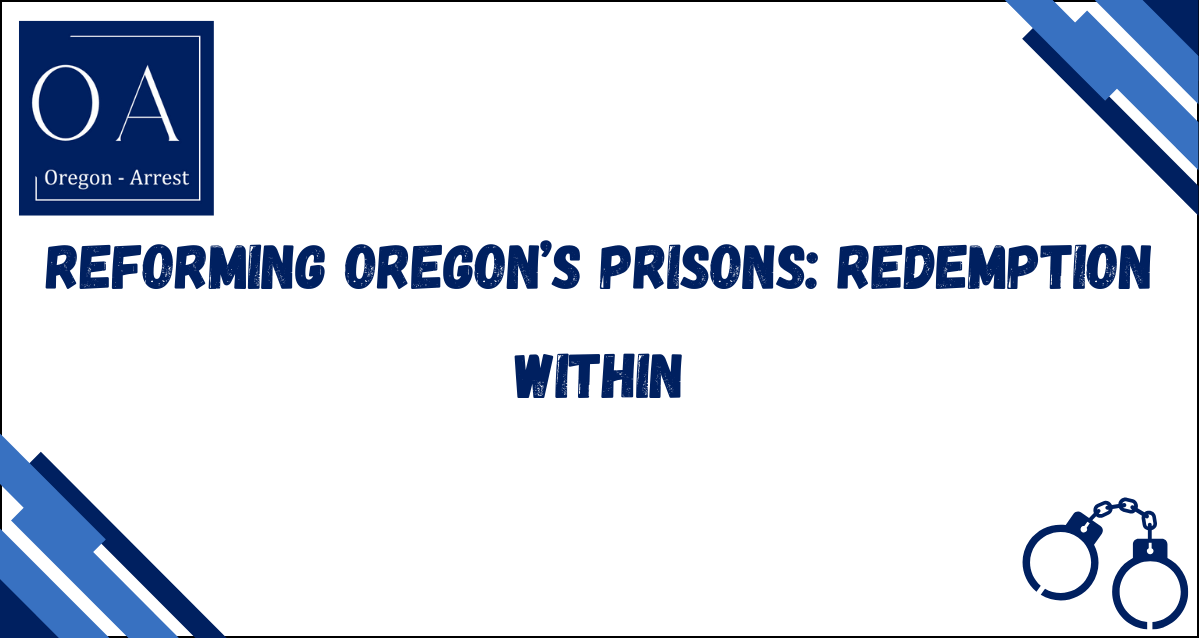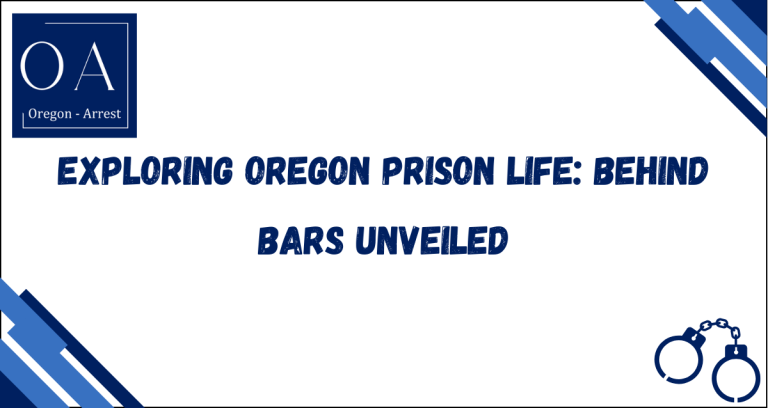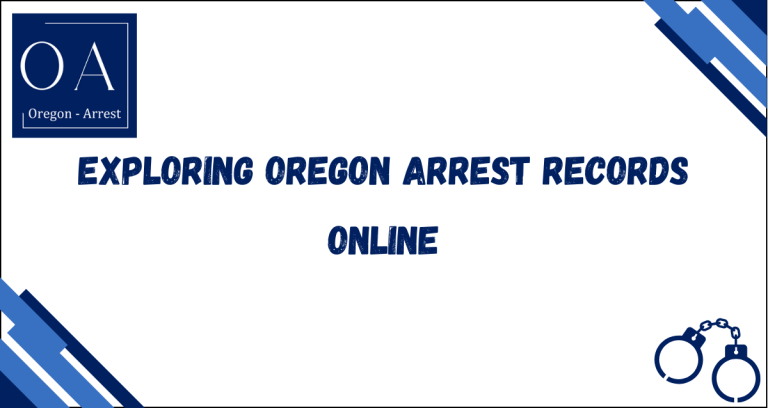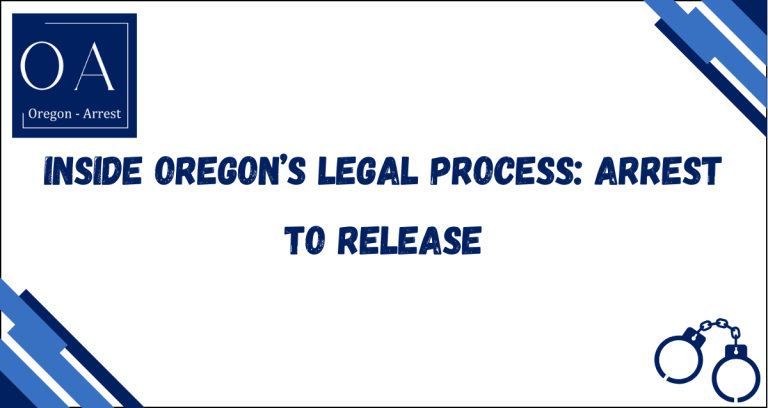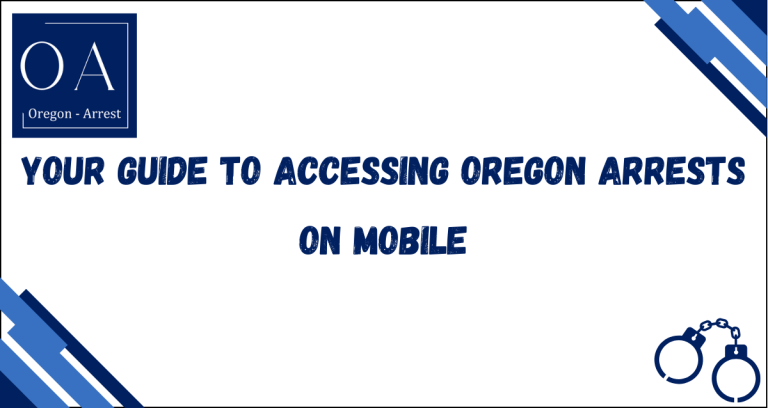Reforming Oregon’s Prisons: Redemption Within
In the heart of the Pacific Northwest lies a unique and transformative approach to criminal justice – Oregon’s prison system. With a focus on rehabilitation and redemption, the state’s correctional facilities have been reimagined as centers of personal growth and positive change. This article delves into the inner workings of this progressive system, exploring its principles, practices, and the potential it holds for reshaping the lives of both inmates and society as a whole.
Oregon’s commitment to rehabilitation over mere punishment sets it apart from conventional prison systems. Embracing the belief that individuals possess the capacity to transform, the state has constructed an environment that fosters personal development and self-improvement. By understanding the nuances of this approach, we gain insight into the potential benefits and challenges of prioritizing rehabilitation within a correctional framework.
Reformation at its Core: Nurturing Growth and Change
At the heart of Oregon’s prison system lies a fundamental belief in the possibility of change. Unlike traditional models that emphasize isolation and punitive measures, the Oregon system focuses on rehabilitation as a means of fostering personal growth and redemption. This shift in perspective has led to the implementation of various programs and initiatives designed to equip inmates with the skills and tools they need to reintegrate successfully into society.
A Holistic Approach: Addressing Mental Health and Substance Abuse
Oregon’s commitment to rehabilitation extends beyond traditional notions of punishment. Recognizing the complex factors that often contribute to criminal behavior, the state’s prison system addresses issues such as mental health challenges and substance abuse. By offering counseling, therapy, and support for addiction recovery, the system acknowledges that true redemption requires addressing the root causes of criminal actions.
Education and Skill Building: Paving the Path to Redemption
Education serves as a cornerstone of Oregon’s rehabilitation efforts. Inmates are provided with opportunities to pursue academic and vocational training, enabling them to acquire new skills and competencies. This educational focus not only equips individuals for future employment but also instills a sense of purpose and self-worth that are essential for successful reintegration into society.
Restorative Justice: Healing for Victims and Offenders
Central to Oregon’s approach is the concept of restorative justice. This innovative practice emphasizes repairing the harm caused by criminal behavior. Inmates are encouraged to take responsibility for their actions, make amends to victims, and engage in processes that promote healing and understanding. This shift from a punitive mindset to one of reconciliation offers a profound avenue for both victims and offenders to find closure and move forward.
FAQ’s
Explore our comprehensive Frequently Asked Questions (FAQ) section to find answers to common queries about OR Arrests.
How has Oregon’s rehabilitation-focused approach affected recidivism rates?
Oregon’s emphasis on rehabilitation has contributed to lower recidivism rates compared to conventional prison systems. By addressing the underlying causes of criminal behavior and equipping inmates with the skills to reintegrate, the state has witnessed a positive impact on reducing repeat offenses.
What role does community involvement play in Oregon’s prison rehabilitation programs?
Community involvement is integral to Oregon’s approach. Local organizations, volunteers, and mentors collaborate with the prison system to provide support, guidance, and opportunities for inmates. This external engagement reinforces the idea of reintegration and helps build a sense of belonging.
How does Oregon ensure the safety of society while focusing on rehabilitation?
Oregon maintains safety through a combination of comprehensive risk assessment, therapeutic interventions, and gradual reintegration processes. Inmates’ progress is closely monitored, and those who demonstrate readiness are gradually reintegrated into society under supervision, reducing potential risks.

